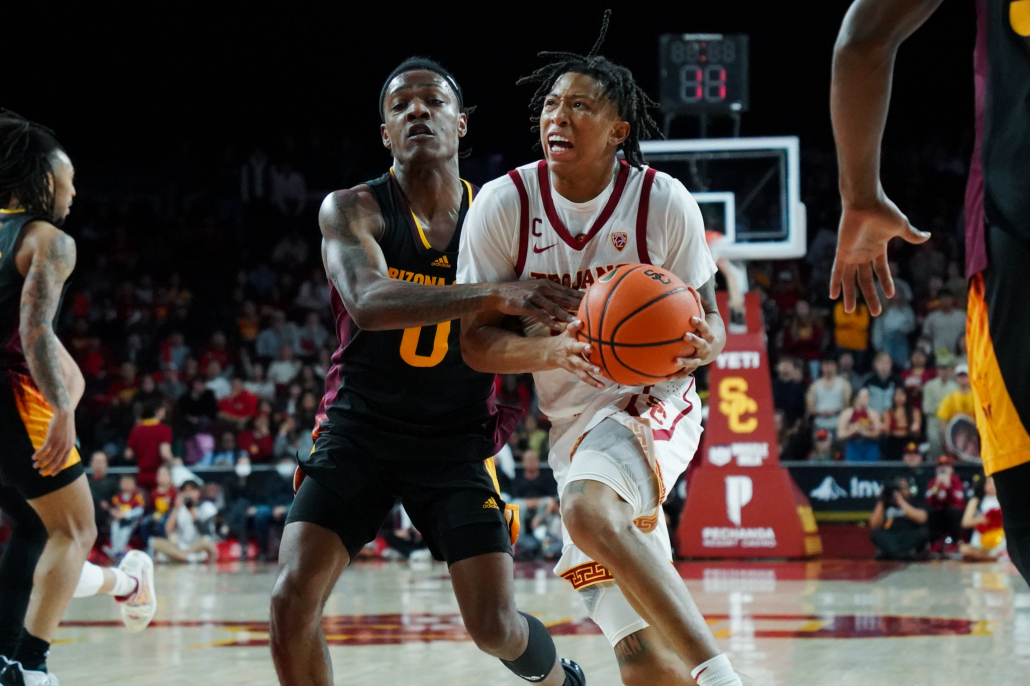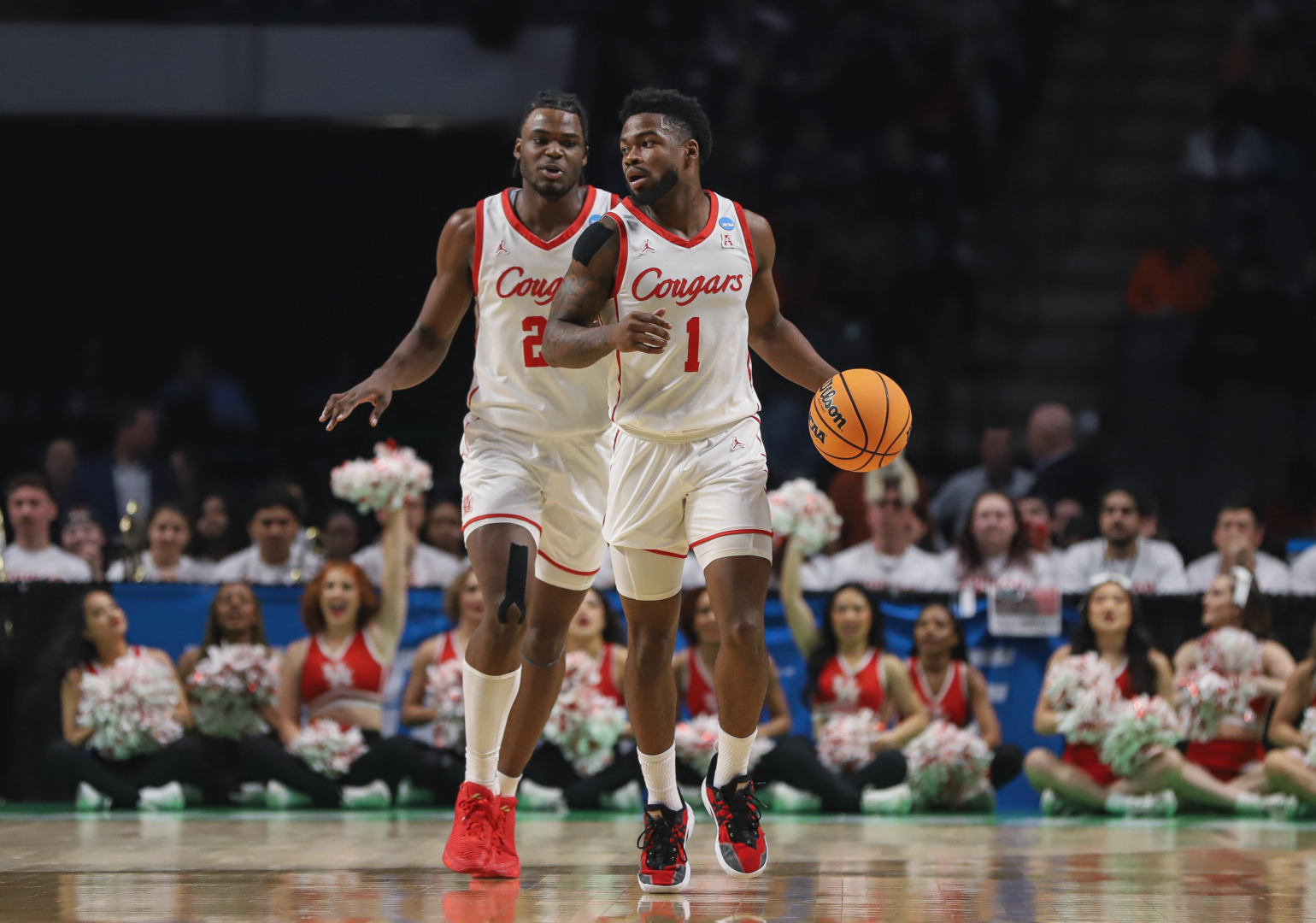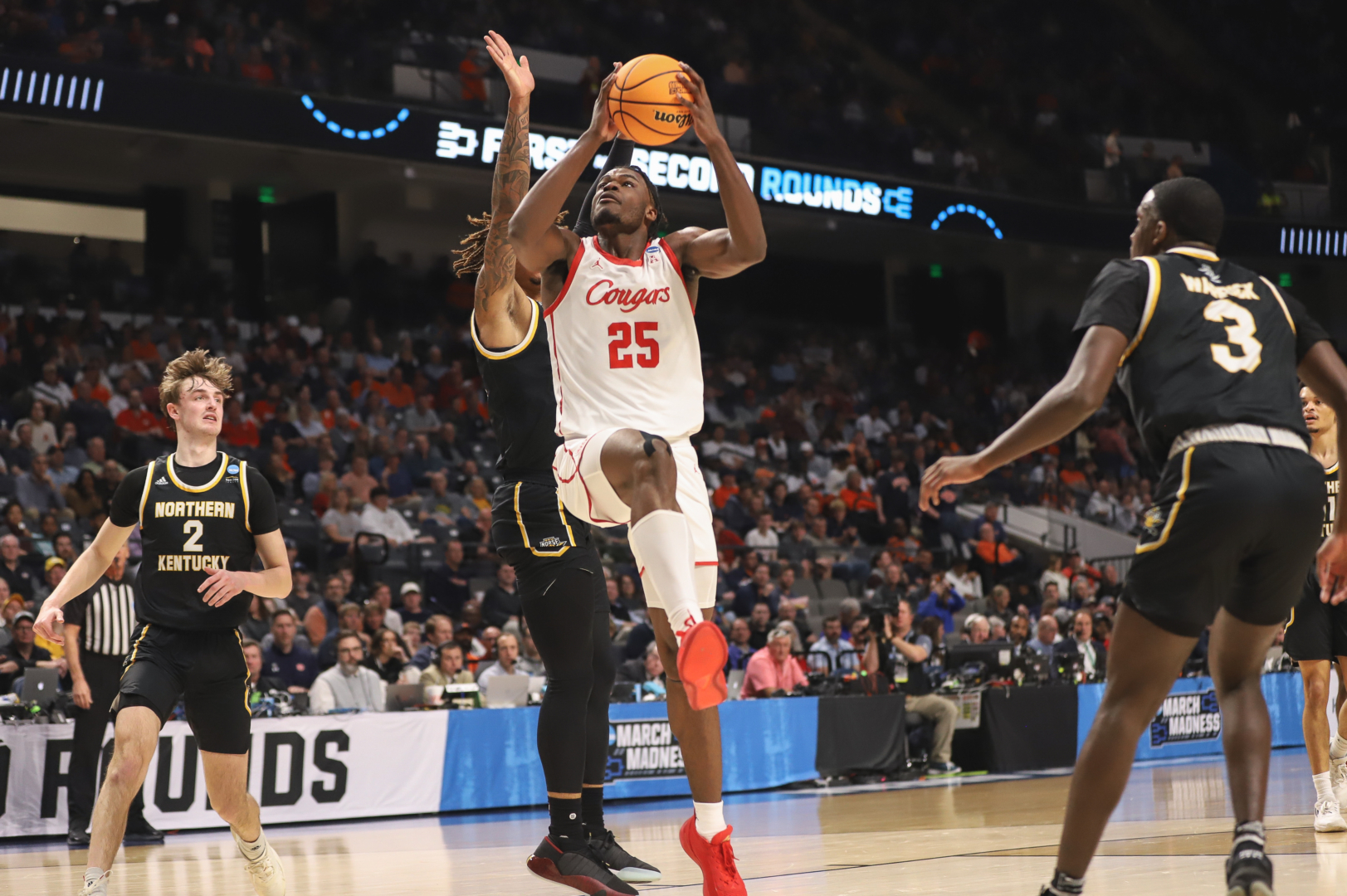Posted on 17 March 2023.
MEHLHOFF: Hello all and welcome back to In the Know. As always, we cover all things University of Minnesota. Today, we’ll be talking about a recent event held at the University called Campus Conversations on Reproductive Justice.
We’ll start with the basics. The event was held in honor of International Women’s Day in a series called Embracing Equity and Justice in Reproductive Rights. According to the University of Minnesota’s International Women’s Day website, the day marks both a celebration and “a call to action for accelerating women’s equality.”
The event took place on March 1 from 10 a.m. to 4 p.m. in the Humphrey Forum. It was hosted by the Humphrey School of Public Affairs Center on Women, Gender and Public Policy. The day was made up of three different sections — each meant to examine reproductive justice on campus from a different lens. The collaborative effort proved a great opportunity to take a pulse on reproductive justice activism here at the U.
I arrive at the event just after the opening remarks. The room is open and bright with chairs set up in front of a podium and tables. People munch on bagels and coffee while the first presenters speak. I arranged to talk with Claire Jordahl, president of Students for Reproductive Freedom, or SFRF, about her view on reproductive justice on campus. Jordahl’s presentation is a collaboration with Students for a Democratic Society entitled Campus Reproductive Activism. It takes place in the afternoon, so we sneak a few moments in the hallway to talk. She’s wearing a bright pink shirt and dangly flower earrings.
JORDAHL: I guess I’m just excited to share about SFRF um, cause I don’t think we’re super known here on campus. And yeah, hopefully, people take away some knowledge, but I’m definitely nervous.
MEHLHOFF: Jordahl tells me about events SFRF hosts, like Sex Trivia, menstrual product drives, and Sex in the Dark.
JORDAHL: So every year we do Sex in the Dark around Halloween, which is, um, we have like someone come and anonymously answer, like sex-related questions from the crowd.
And so I think having groups like this that are just out there for like, kind of just like sex ed, reproductive health, like fun kind of educational events is super beneficial for people who, um, you know, wanna learn more, want to help their friends learn more and want to just also um, be an activist for that sort of thing.
MEHLHOFF: But SFRF looks for action, not just education. While Boynton Health does offer emergency contraception in the form Levonorgestrel, better known as “Plan B,” Jordahl states the healthcare provider should go a step further.
JORDAHL: We are trying to get, um, medicated abortion available for students through Boynton because it is not currently. Um, and that’s a joint effort between several groups, including Undergraduate Student Government. Um, so that is our, I think our main issue. Um, I met with some, like some of our members last week, and I think that was the main thing that they feel like the U is missing in terms of resources.
MEHLHOFF: Jordahl says that for her, the Dobbs v. Jackson decision gives special urgency to this issue. According to the Supreme Court’s ruling, the landmark Court case overturned Roe v. Wade and made the right to an abortion a state decision rather than a federal guarantee. Minnesota has enshrined a right to abortion in its state constitution.
JORDAHL: And I think we’re used to being protected here in Minnesota and we still might feel like that’s the case, but now that it is up to the states, like there’s, I would say more threat now than ever, um, since the, um, initial Roe v. Wade. So I think it’s a really important time to be talking about it.
MEHLHOFF: In addition to Jordahl, I speak to another student group representative at the event, Laurel Neufeld. They are a member of Medical Students for Choice and a medical assistant at Planned Parenthood.
NEUFELD: It’s on the forefront of a lot of people’s minds right now because of the legal landscape and how many states are trying to restrict access to abortion care. I think, also, most young people that I’m friends with these days don’t have a lot of, I don’t know, optimism about the way the world is shaping up sometimes.
I think it’s very clear to us that it’s very important to be able to have control over your reproductive future in, I guess, a changing world.
MEHLHOFF: Medical Students for Choice, with Neufeld, holds a co-presentation with another student group, If/When/How: Lawyering for Reproductive Justice. Their section of the event is called The Basics of Sex, Reproduction and the Law. They focus on the logistics of reproductive health, including female and male anatomy, birth control methods and different types of abortions.
NEUFELD: I was hoping to just provide some more context about what it actually looks like to have an abortion and what the national conversation about abortion gets wrong. Even like before I started working at Planned Parenthood, I was really involved in a lot of abortion access activism, and when I started that job, I was surprised how much I thought I knew but knew wrong, or how many of the talking points that I was using were actually using a lot of language from the anti-abortion movement. And so I think I was hoping to just shed some more light on what this process actually looks like for people and then also what we get wrong even when we’re well-intentioned.
These issues have so many different lenses that you can look at them with, and I think it’s so important and cool that we’re not just looking at this from a medical framework, even though that’s the context that I have with this.
Talking about our portion of the presentation with the law students was helpful for me in knowing the legal context for all of this. And then I’m really glad that they’re gonna have presenters later in the day talking about things from a disability justice lens and from a racial justice lens. Although, again, I think it’s important to incorporate those throughout all of it.
MEHLHOFF: Later, at the event’s catered lunch, I have the chance to speak with the event’s organizers over sandwiches. Karen Ho, an anthropology professor at the University, explains that this multiplicity of perspectives is the purpose of the event.
HO: Part of a teach-in is to sort of go against the soundbite, right? So what people sort of get in their sort of epistemological silos or in the news right, is a soundbite. And part of a teach-in, this is why this is a whole day, is to sort of really ground those ideas and to sort of, you know, make space for thinking through them in a much more nuanced and contextual way.
JORDAHL: Like today is just super like affirming in what I’m here, what I’m doing, um, what I’m here for, and it is just like comforting, um, that there’s people out there working for, you know the people that don’t have access or like, might not feel comfortable getting that access and just the knowledge of like, sex ed, the complete basics. So, it just feels really special, like to be in a school that is so supportive — the fact that this is run by a center that is at the school.
MEHLHOFF: The last presenters, a few graduate students and a professor, speak on disability, reproductive justice and personal experiences.
But I don’t get a chance to interview them. After a short panel discussion, the audience members split off into groups to talk about their “reproductive utopias,” what an ideal world looks like for them when it comes to reproductive health.
For Linda Parranto Vital, an event attendee, the answer is simple.
PARRANTO VITAL: Being able to make informed decisions, having more information and, um, we noted that we would love the opportunity to make more decisions about what would produce the most well-being for us as parents, um, as people who have the opportunity or the option to reproduce as opposed to just trying to like minimize the harm.
MEHLHOFF: And according to her, Campus Conversations on Reproductive Justice did just that.
PARRANTO VITAL: This morning we talked a lot about contraceptives or like menstruation and like that information was just super practical, honestly. Um, and, but then in the later afternoon we had, uh, conversations that were bordering more on philosophical or more about uh, like, I guess a little bit more traditional like to what different like academic literatures have to say.
MEHLHOFF: What is your reproductive justice utopia? What does that look like?
JORDAHL: I think first and foremost it is free. Everything’s free health care-wise, um, getting an abortion, um, abortion aftercare, precare, things like that. Um, therapy related to that process is also super important. And then also just like clinics that are gender-affirming, um, or just like in general don’t, aren’t gender binary. Um, not just women get abortions. And, um, also having providers that come from a wide range of backgrounds, like a lot of doctors are also just white male — I mean, that’s changing a lot in today’s age, which is awesome. But just like having people that understand like what it’s like to come from a background that maybe like doesn’t — your parents don’t support abortion, your culture doesn’t support abortion. Things like that. I think those are my three main utopian aspects.
MEHLHOFF: But Jordahl acknowledges that there’s a long way to go between reality and her reproductive utopia. She hopes her presentation helps.
JORDAHL: I think today my main goal was for people to walk away having, feeling like they did something. Um, whether that’s writing a letter that they’re gonna finish later at home and send to their legislator, or there’s an auto-generated form I’m gonna offer. Um, and just feeling like they have the resources to reach out to the people that like can make a change and also feel that like you as an individual can make a change. Whether that’s, you know, if you’re an undergrad or if you’re beyond college. Um, just staying involved and having the resources to do that.
MEHLHOFF: For more information about Students for Reproductive Freedom and to learn about upcoming events, listeners can follow on Instagram @umnsfrf. More information about abortion justice and access can be found at plannedparenthoodaction.org.
This episode was written by me, Stella Mehlhoff, and produced by Alberto Gomez and Abbey Machtig. As always, we really appreciate you listening in. As we experiment with style and format, your feedback is super useful to us. Feel free to email us at podcasting@mndaily.com with comments or questions. I’m Stella Mehlhoff, and this is In the Know.








